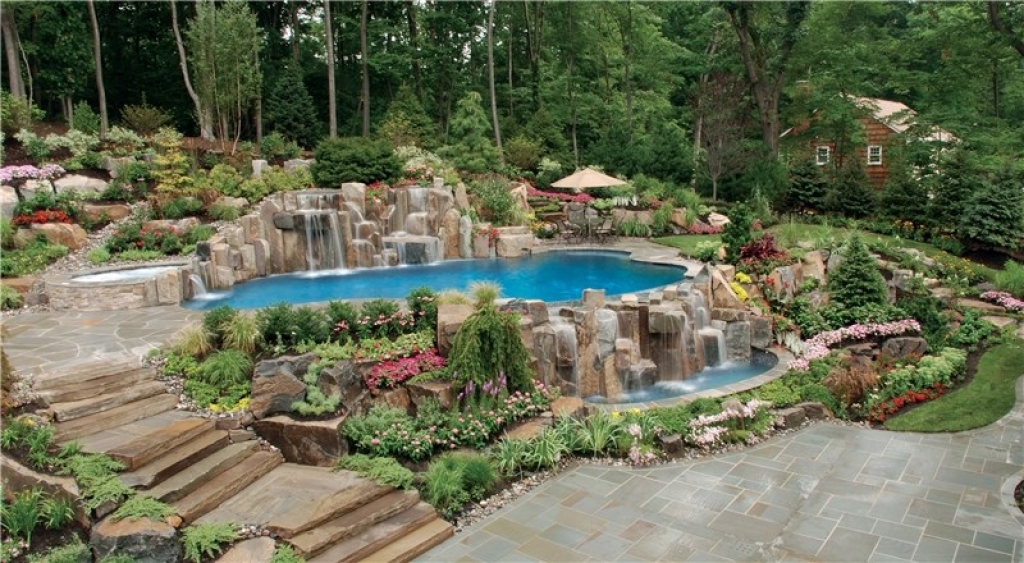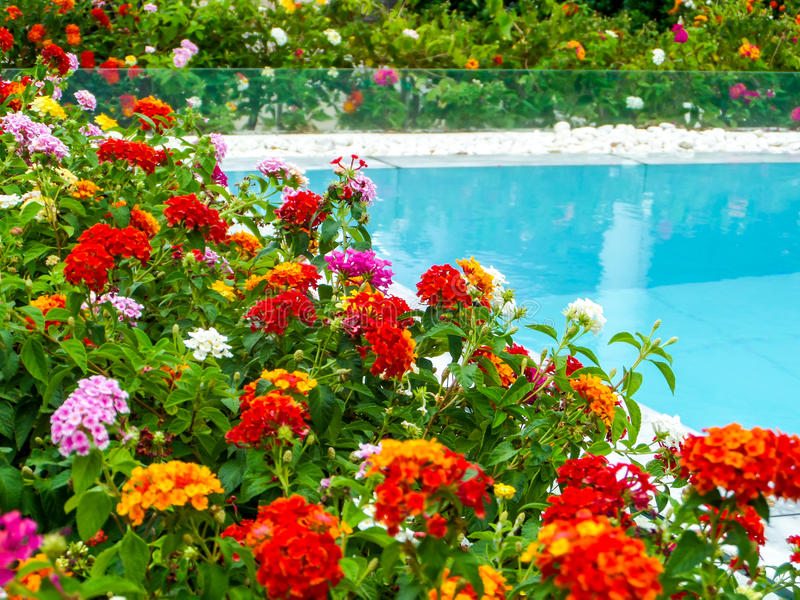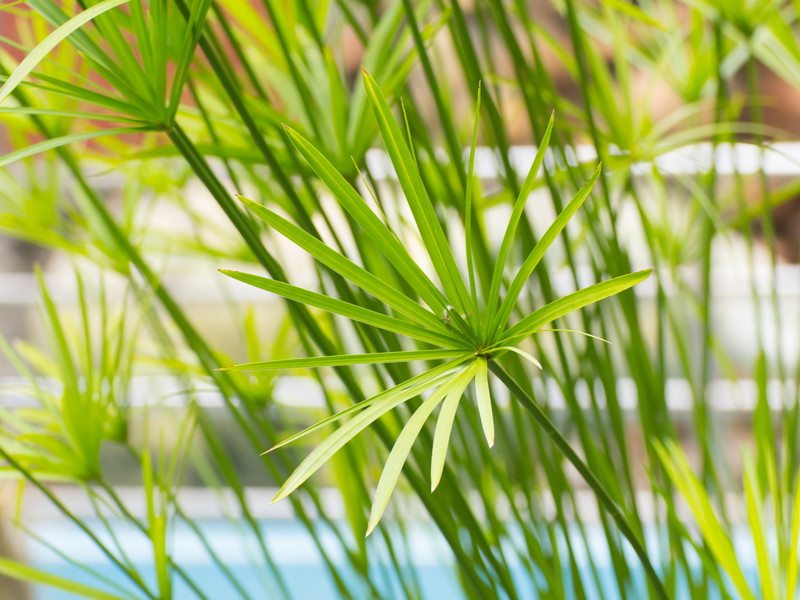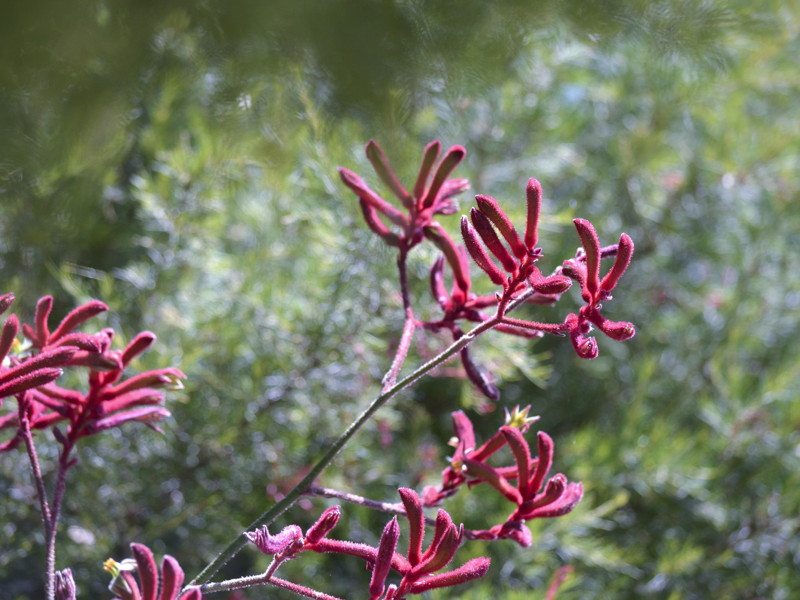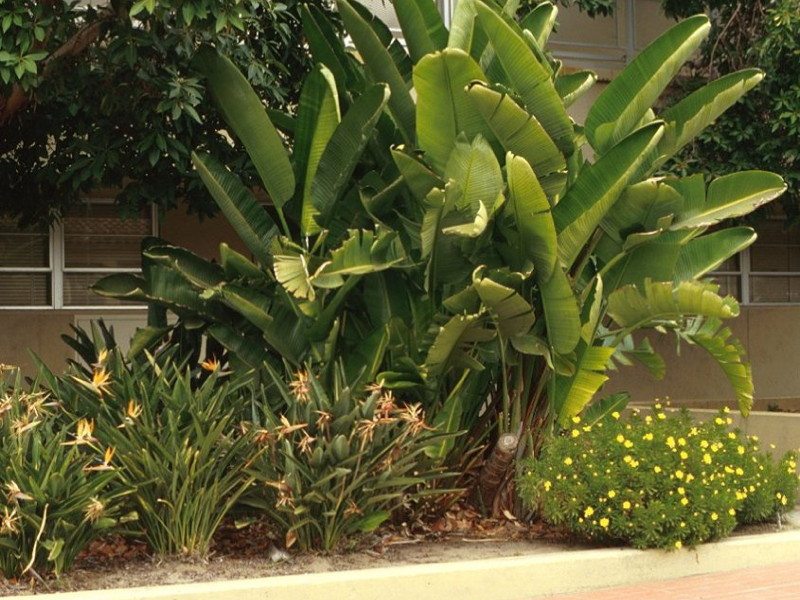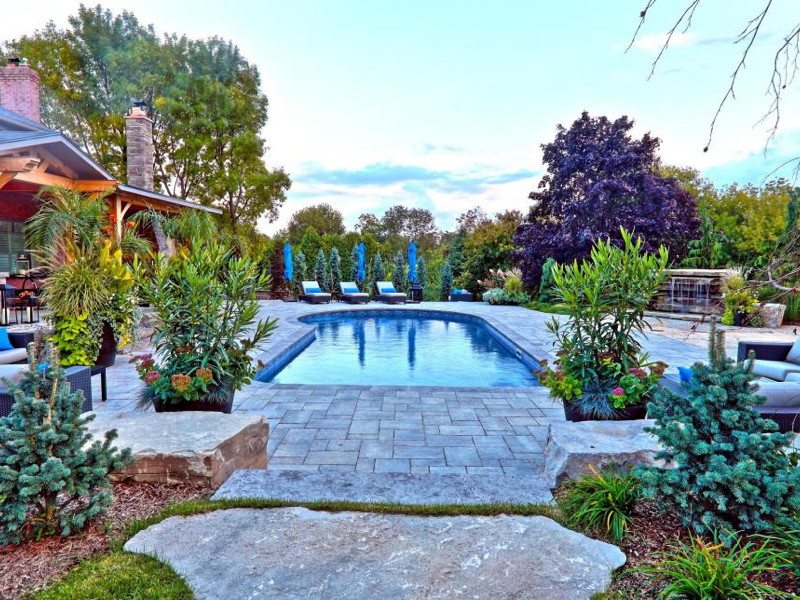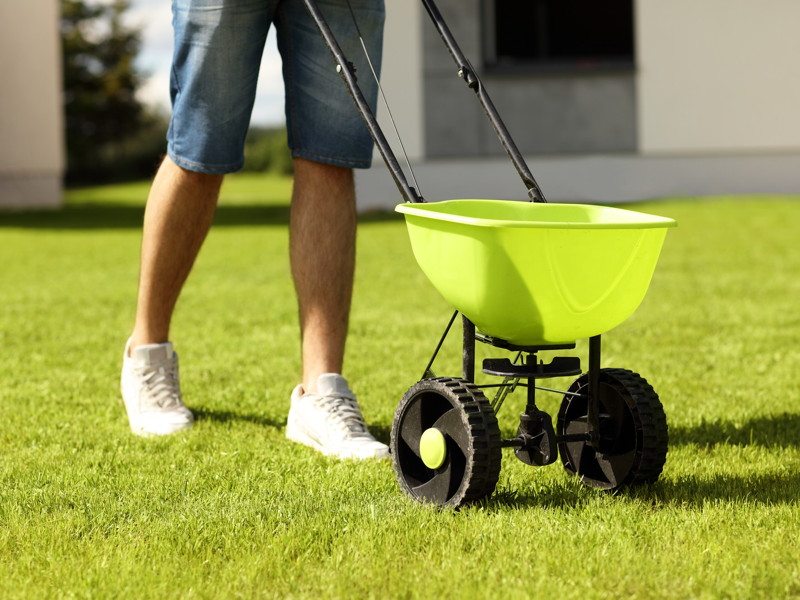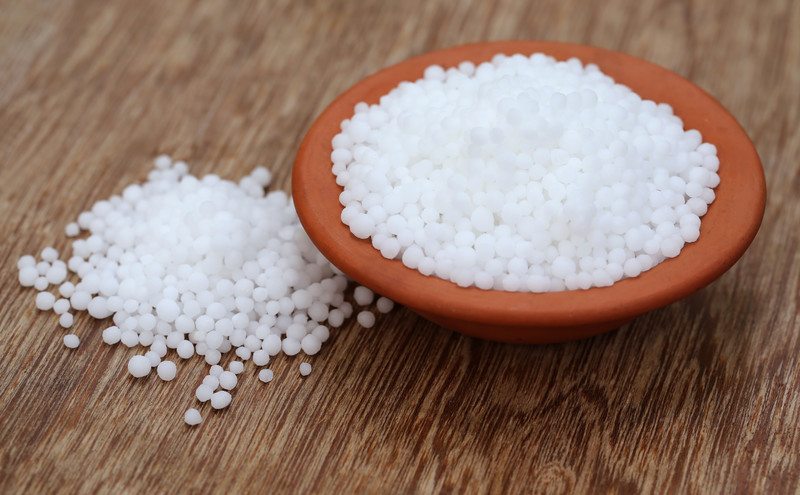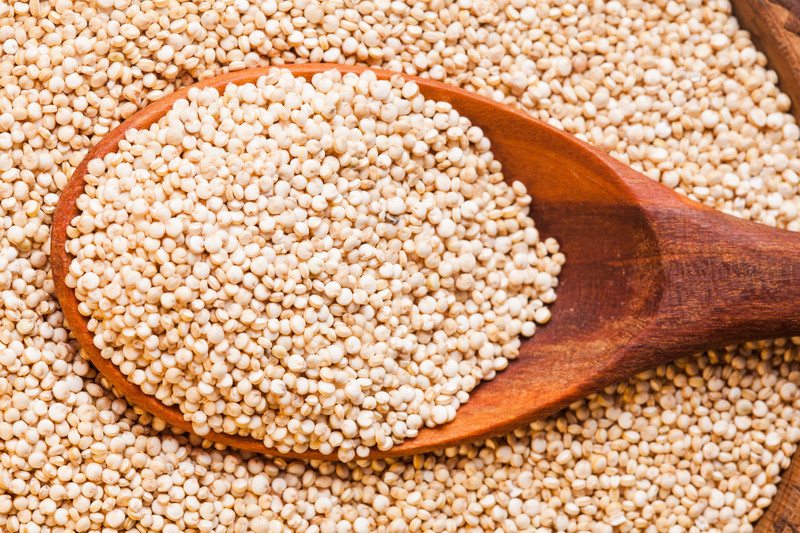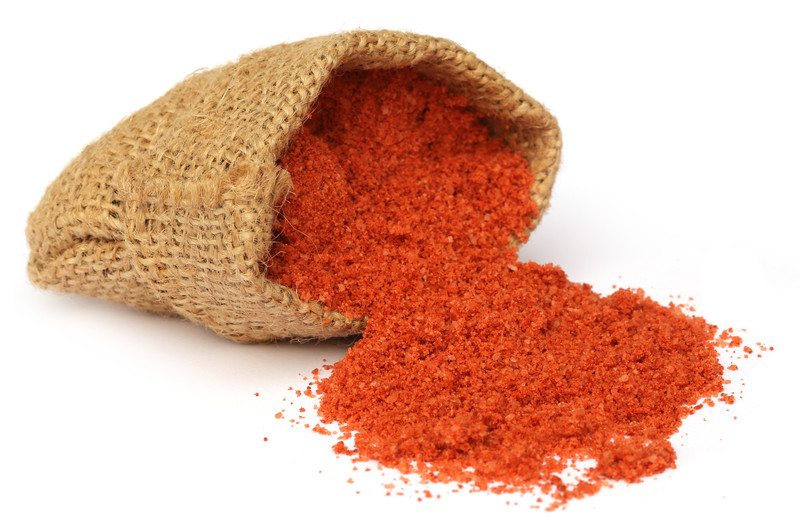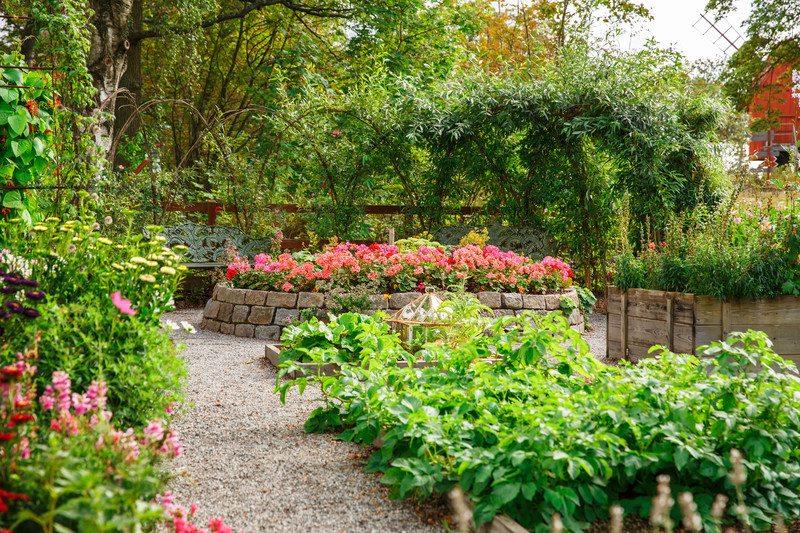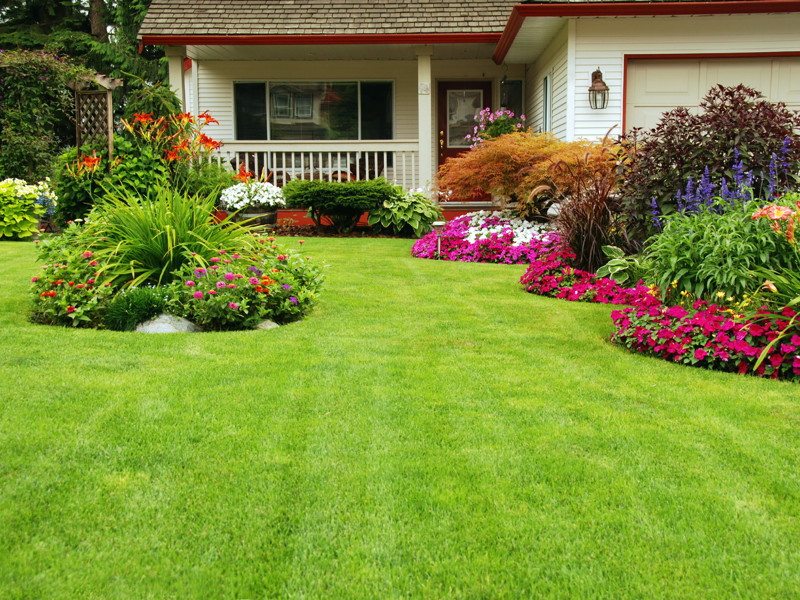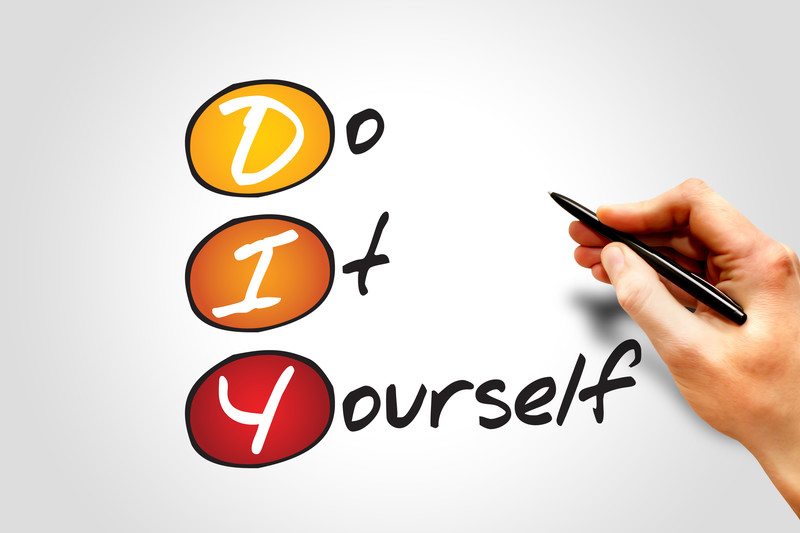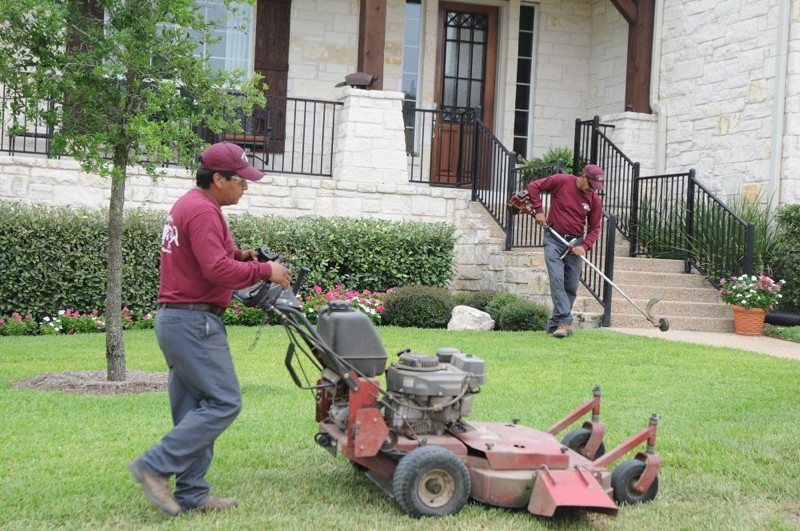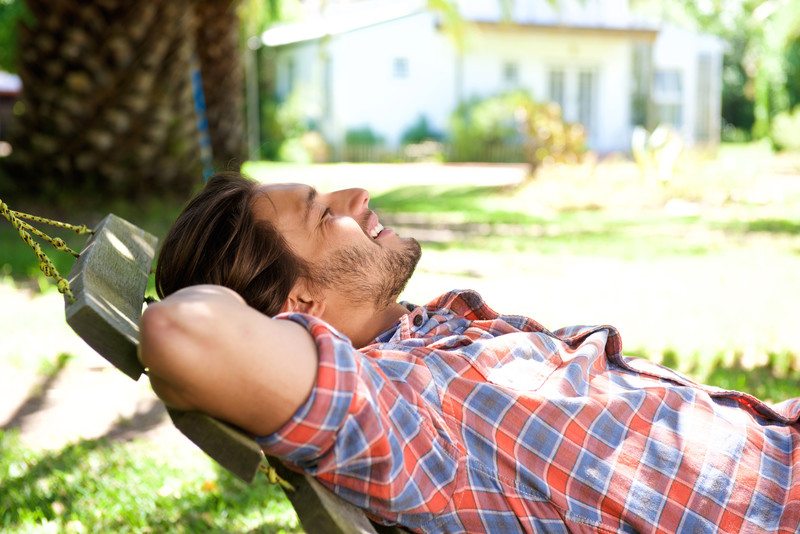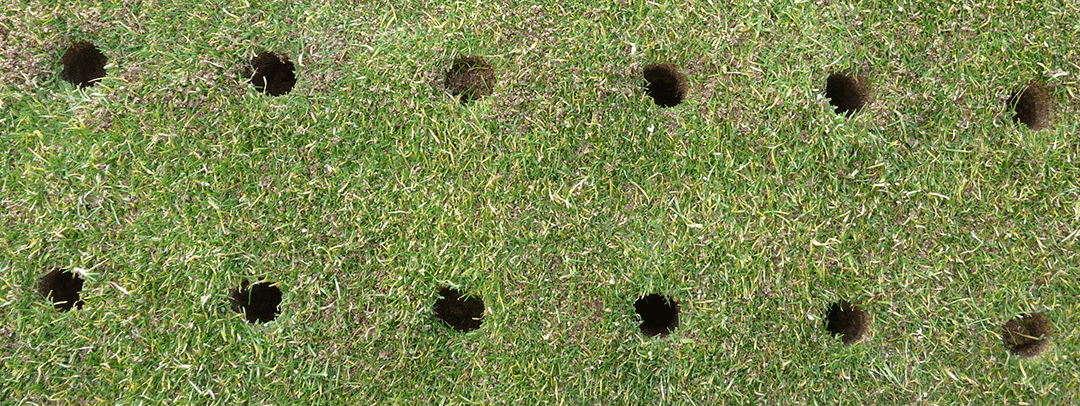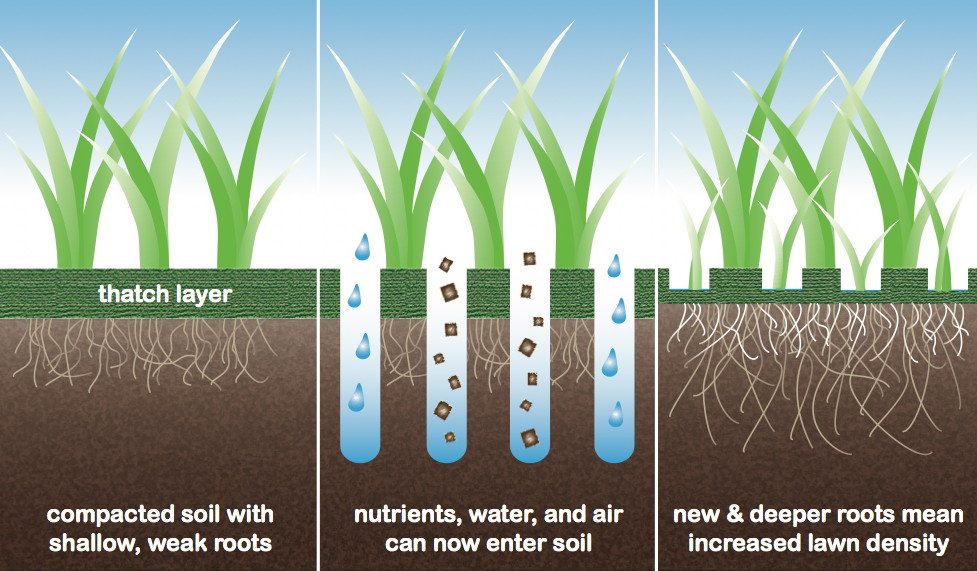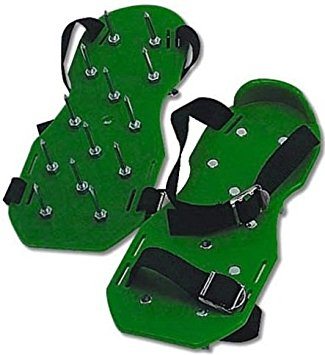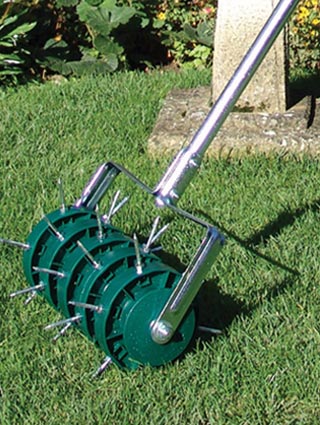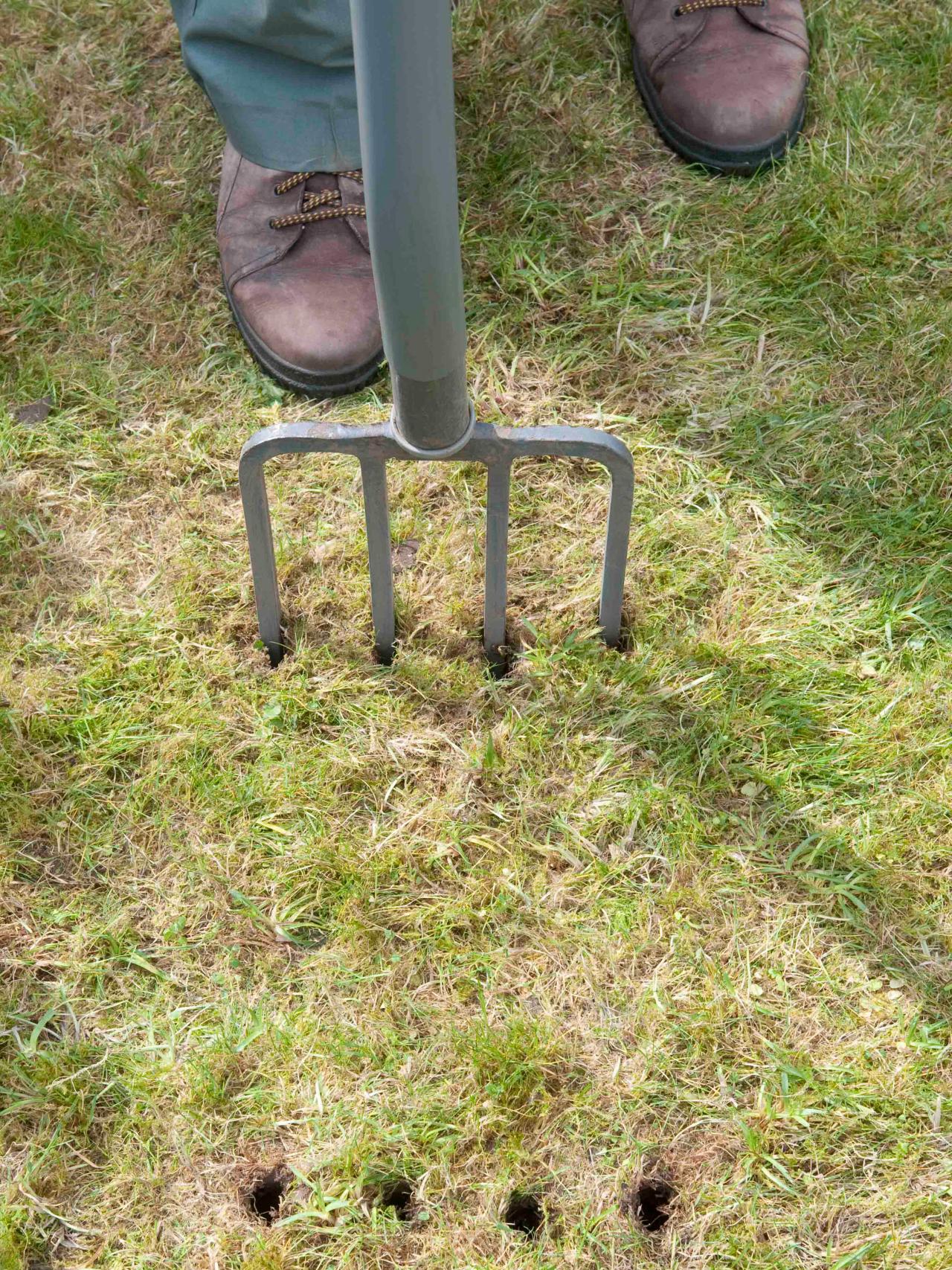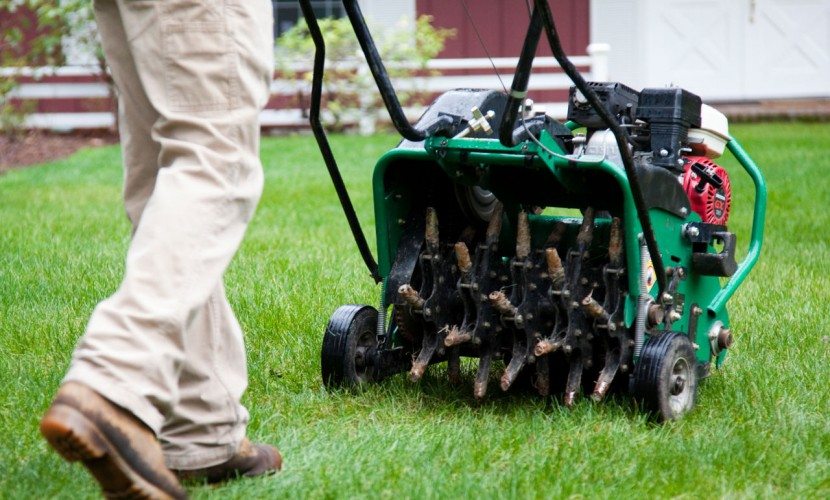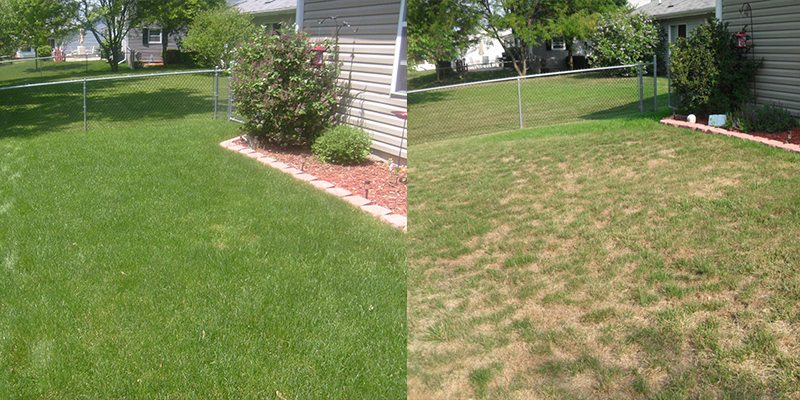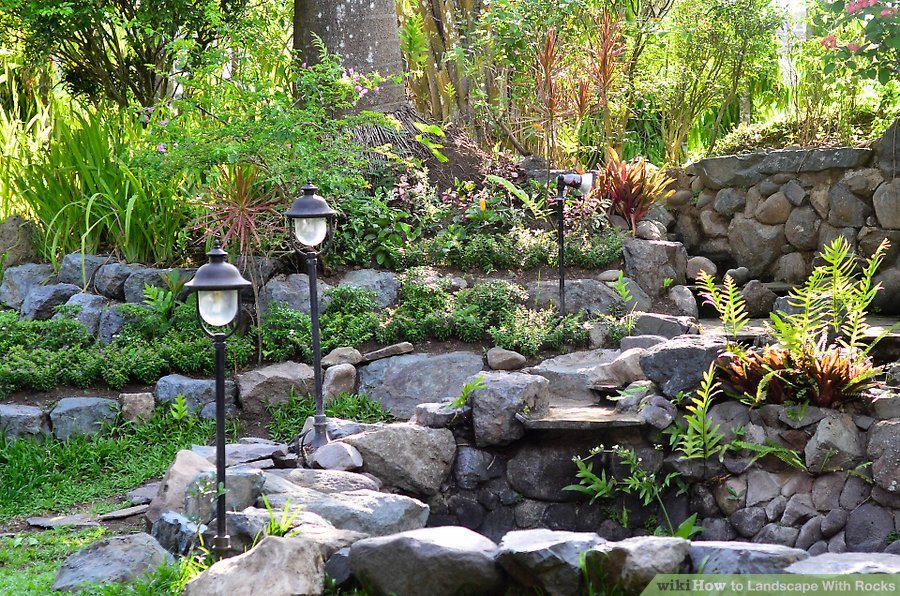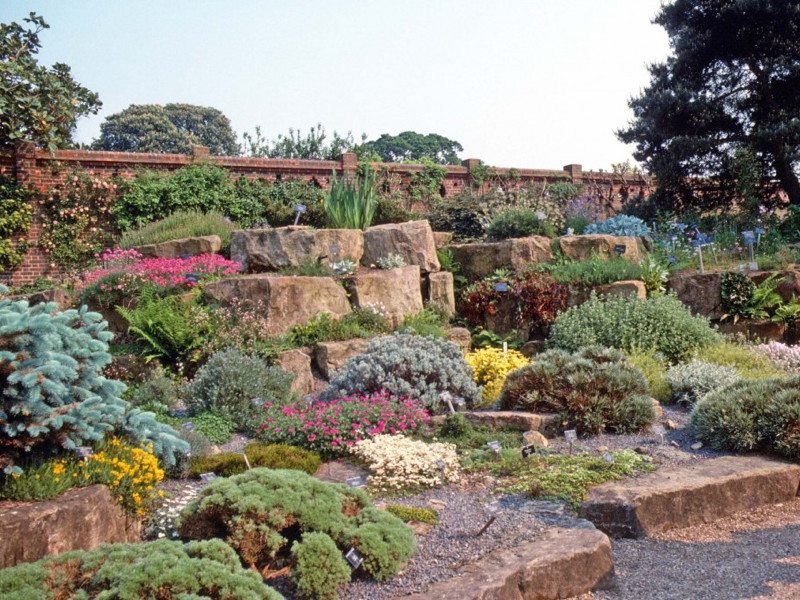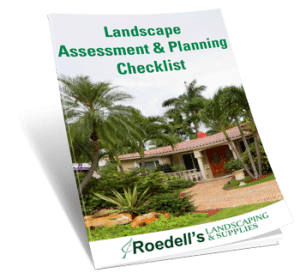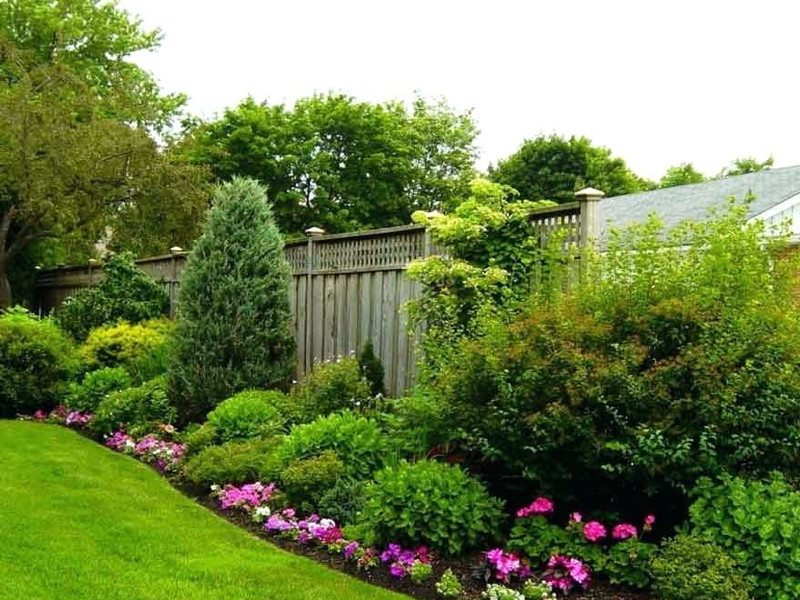
Landscaping Ideas for Full Sun Yards
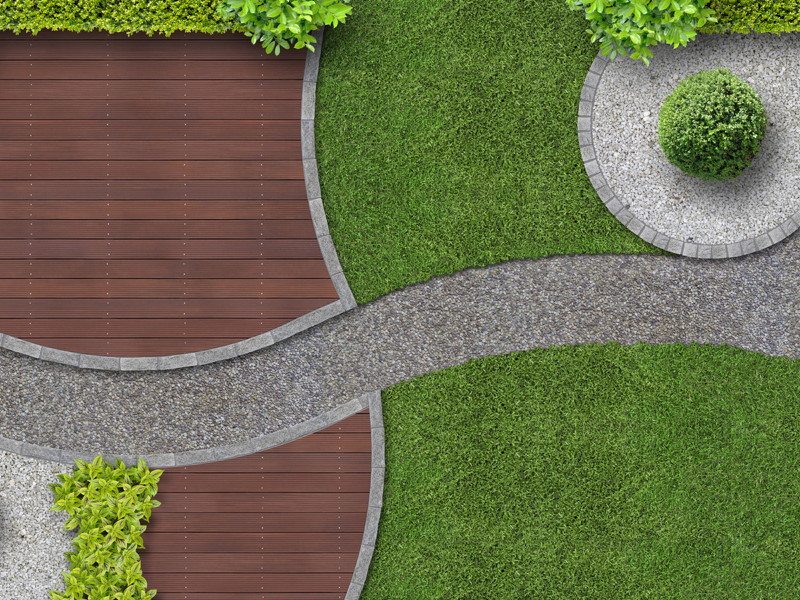
Full Sun Loving Plants
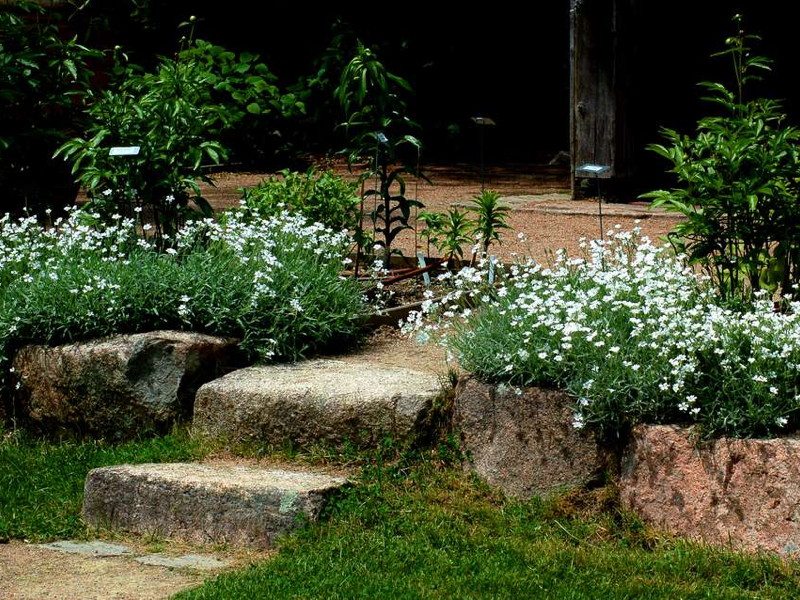
Snow-in-Summer
Snow-in-Summer plants are popular in rock gardens and will do well in full sun. They provide a beautiful white bloom as well as silver leaves that makes this a versatile ground cover addition to your full sun landscaping. They will grow 6-12 inches tall and up to 18″ wide. These plants will also divide well and offer lots of reward in filling in gaps in your landscaping where needed. Divide just after blooming.
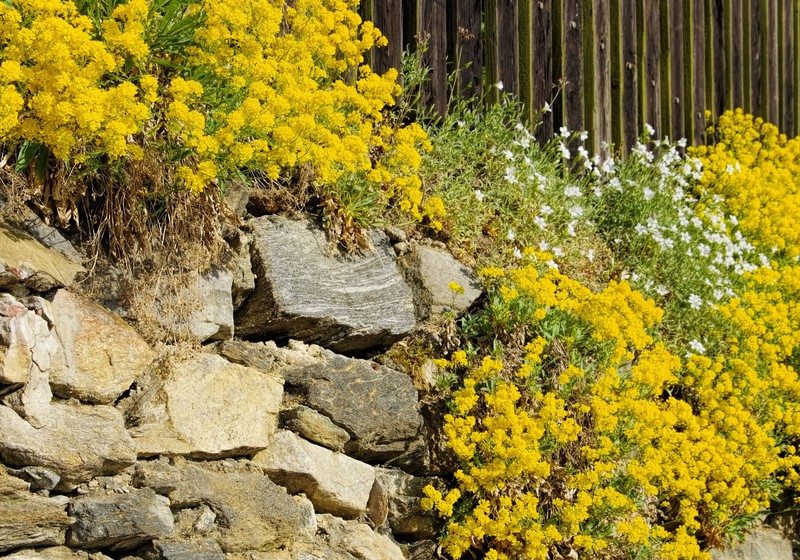
Yellow Allysum
Yellow Allysum (not Sweet Allysum) is a wonderful groundcovering, sun loving plant that can bring a bold pop of color to your yard. With leaves in blue-gray this is another multi-faceted addition that will continue to add beauty to your landscaping even after its bright blooms have disappeared. This will grow up to 12″ tall and 18″ wide.
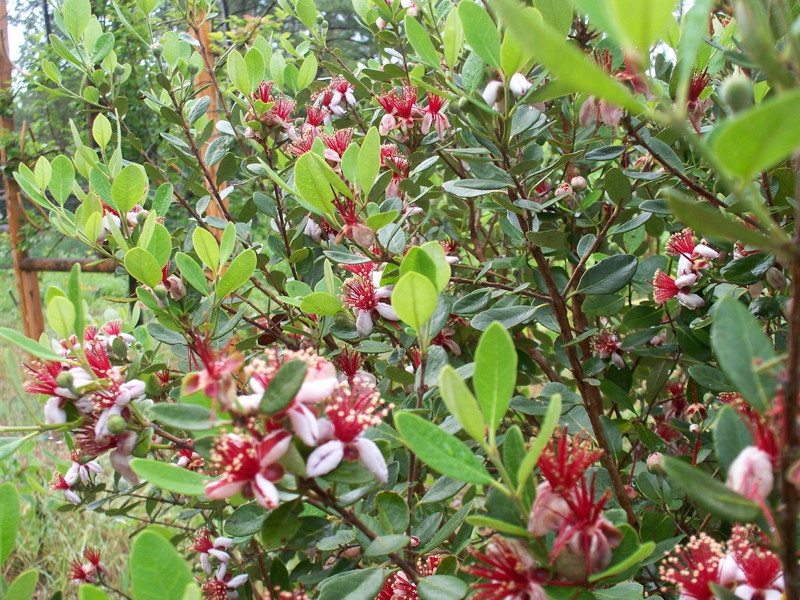
Pineapple Guava
This all-around full sun plant will add an element of intrigue to your landscape with its unique blooms and small fruits. This evergreen can be grown as a dense hedge or trained to grow in to a small tree. These are hearty plants that don’t require much water and are resistant to pests and disease. The Pineapple Guava was named a Florida Garden Select plant by the Florida Nursery Growers and Landscape Association.
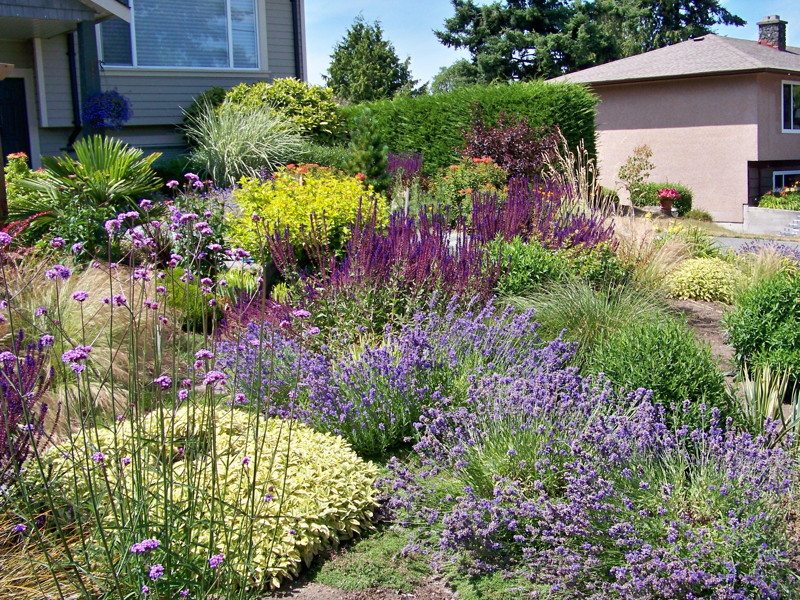
Sweet Lavender
This fragrant plant will add sweet scents and beautiful purple blooms to your full sun landscaping. Higher pH soils will create the most fragrant blooms. This is a Florida favorite for many.
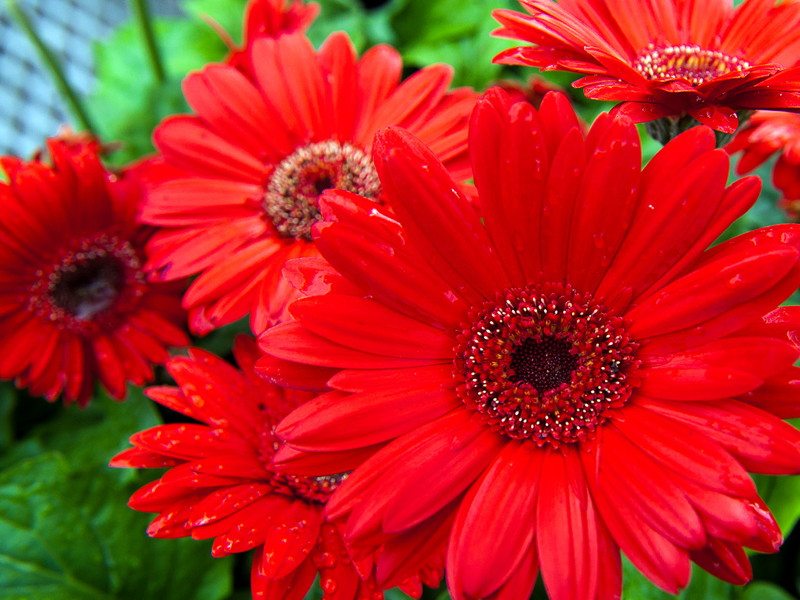
Garvinea Gerbera
This specific variety of Gerbera do very well in Florida sun when kept moist and fertilized. They come in many colors and can be just the right pop of color you want to add to your full sun landscaping. They do well in bouquets so you can bring some of your garden color into your home as well.
